In the quest for the perfect living room setup, the placement of your couch in relation to the TV is a crucial element that can significantly impact your viewing experience. How far should your couch be from the TV for an optimal setup? This seemingly simple question unveils a realm of considerations, from screen size to room dimensions. Let’s embark on a journey to discover the ideal distance for a harmonious blend of comfort and cinematic immersion.
Contents:
Is TV a must in your living room?
How far from TV should sofa be?
Factors that impact your TV viewing experience
Is TV a must in your living room?
In the digital age, the television is often considered the focal point of the living room, a hub for entertainment, information, and socializing. However, whether a TV is a must in your living room depends on various factors, including your lifestyle, preferences, and the overall design of your space.
For many, the TV is an indispensable source of relaxation and entertainment. It serves as a window to the world, bringing movies, shows, and news directly into your living space. The communal experience of watching TV with family or friends can create lasting memories and bonding moments.
On the flip side, some homeowners opt for a TV-free living room, emphasizing alternative forms of entertainment and design aesthetics. This choice can promote a more intimate atmosphere, encouraging conversation, reading, or enjoying the view through large windows.
Ultimately, the decision to have a TV in your living room boils down to personal preferences. Consider how you use your living space, your entertainment habits, and the ambiance you want to create when deciding whether a TV is a must for you.
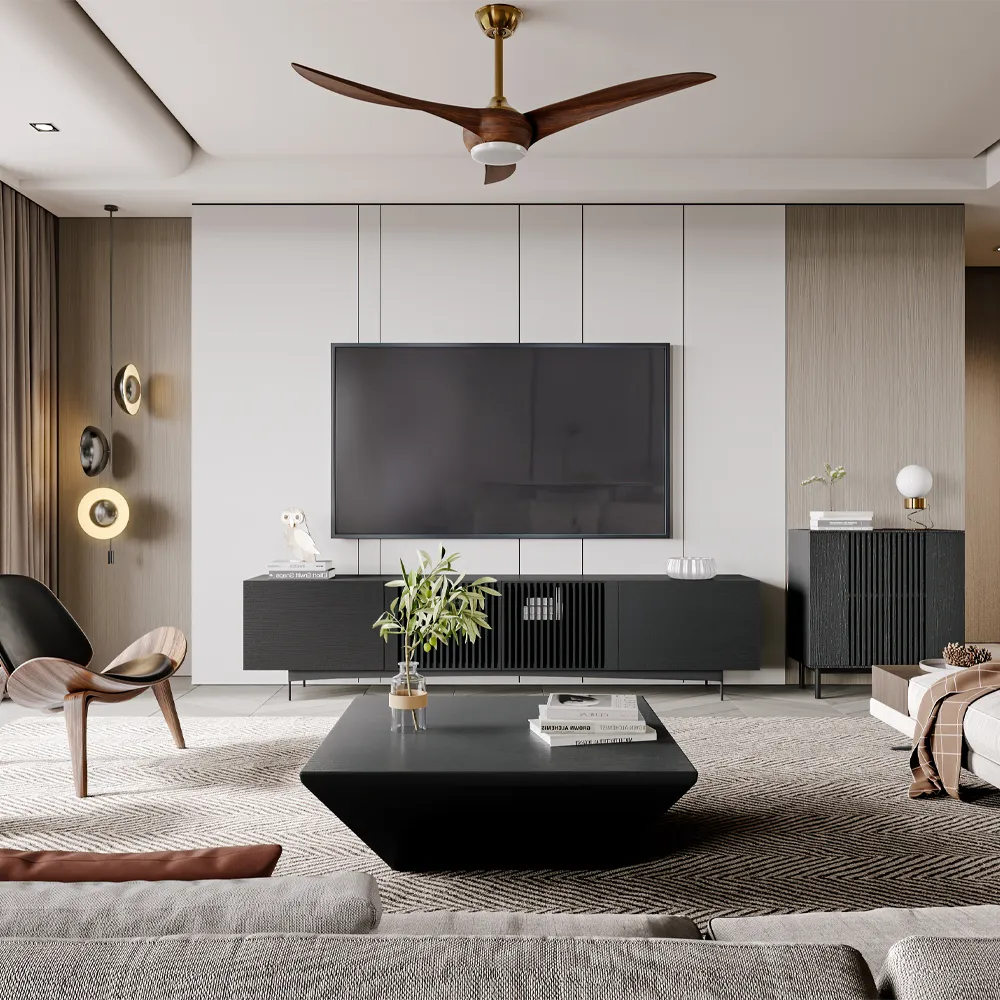
How far from TV should sofa be?
The distance between your sofa and TV is a critical factor in optimizing your viewing experience. Striking the right balance ensures that you enjoy a comfortable, immersive experience without straining your eyes or neck.
- Screen Size Matters: The size of your TV influences the ideal viewing distance. As a general rule of thumb, a larger screen requires a greater distance. For example, for a 55-inch TV, a distance of 7 feet is recommended, while a 75-inch screen might require a distance of around 9 feet.
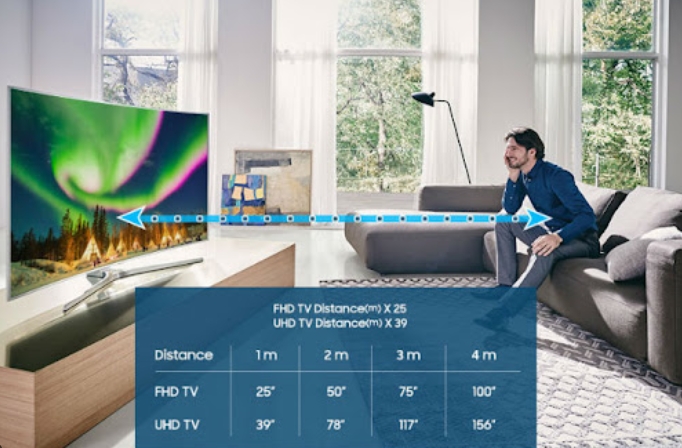
- Eye Level Alignment: The ideal height for your TV is at eye level when you are seated. Mounting or placing the TV too high or too low can lead to discomfort and neck strain. Consider the height of your sofa and adjust the TV placement accordingly.
- Room Size and Layout: The size and layout of your living room also play a role. In larger rooms, you may need a larger TV and a greater viewing distance. Ensure that the TV is easily visible from various seating positions, creating a balanced viewing experience for everyone in the room.
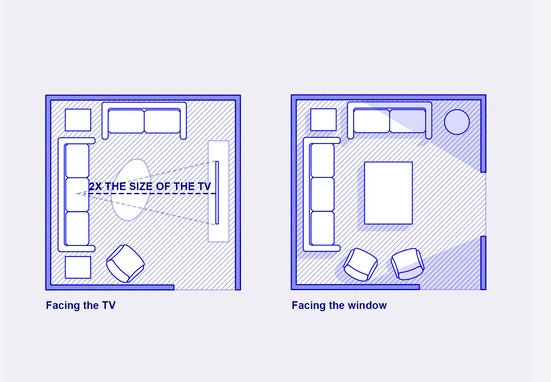
- Personal Comfort: Ultimately, personal comfort is paramount. Experiment with different distances based on your preferences. Situating the sofa at a distance that feels natural for your eyes and posture is crucial for an enjoyable and immersive TV-watching experience.
Factors that impact your TV viewing experience
Creating an optimal TV viewing experience goes beyond the distance between your sofa and TV. Several factors can significantly impact how you perceive and enjoy the content on your screen.
- Lighting Conditions: The lighting in your living room can greatly affect your TV-watching experience. Avoid glare and reflections by strategically placing your TV away from direct sunlight or investing in window treatments that control light. Consider ambient lighting for a balanced and comfortable atmosphere.
- Sound Quality:While the visuals are essential, sound quality is equally crucial for an immersive experience. Invest in a good sound system or soundbar to enhance the audio quality of your TV. Proper placement of speakers can create a surround-sound effect, elevating your overall viewing experience.
- Room Acoustics: The acoustics of your living room contribute to the audio experience. Soft furnishings, rugs, and curtains can help absorb sound, reducing echoes and enhancing clarity. This is particularly important if you have hardwood floors or large open spaces that tend to amplify sound.
- Screen Calibration and Settings: Take the time to calibrate your TV’s settings to optimize picture quality. Adjust brightness, contrast, and color settings to match your preferences and the lighting conditions in your room. Many TVs also offer preset modes for different viewing scenarios.
- Furniture Arrangement: The arrangement of furniture in your living room can impact the overall viewing experience. Ensure that seating is arranged in a way that allows everyone to have a clear view of the screen. Avoid placing large furniture pieces that may obstruct the view or disrupt the flow of sound.
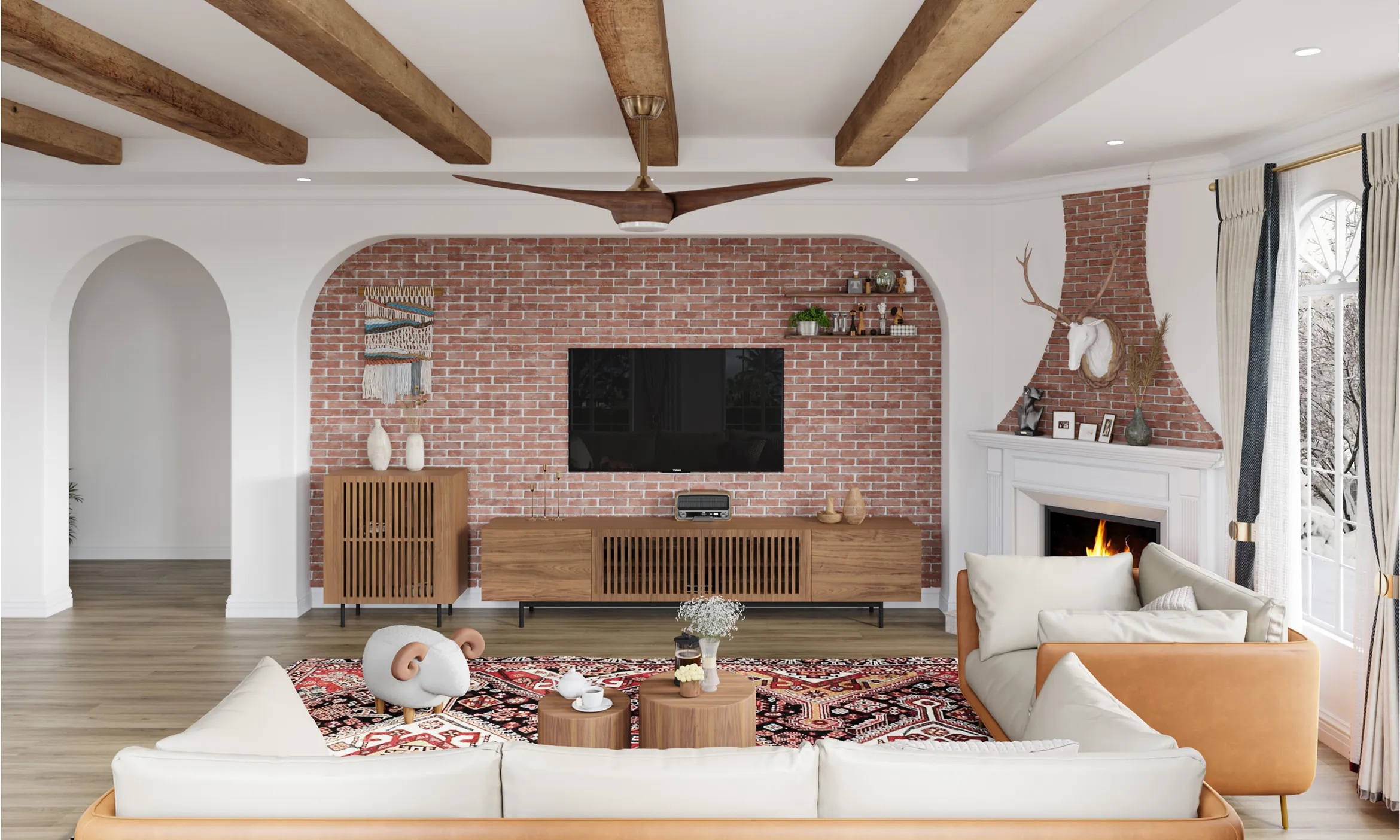
- Cable Management: Messy cables not only look untidy but can also be distracting. Invest in cable management solutions to keep wires organized and out of sight. This not only improves the aesthetics of your living room but also prevents potential tripping hazards.
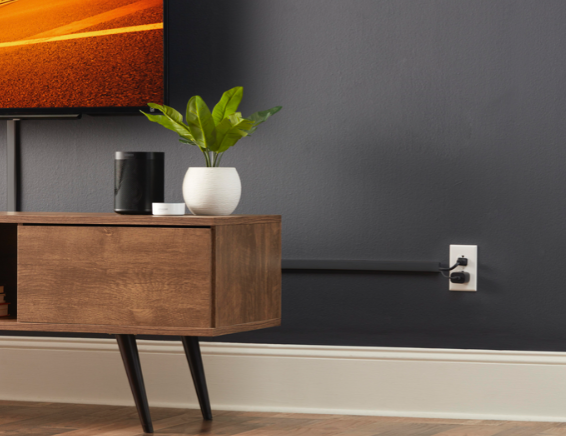
- Upgrading Technology: As technology evolves, consider upgrading your TV and audio equipment to stay current with the latest advancements. Newer models often come with improved picture quality, smart features, and enhanced sound systems, offering a more enjoyable viewing experience.